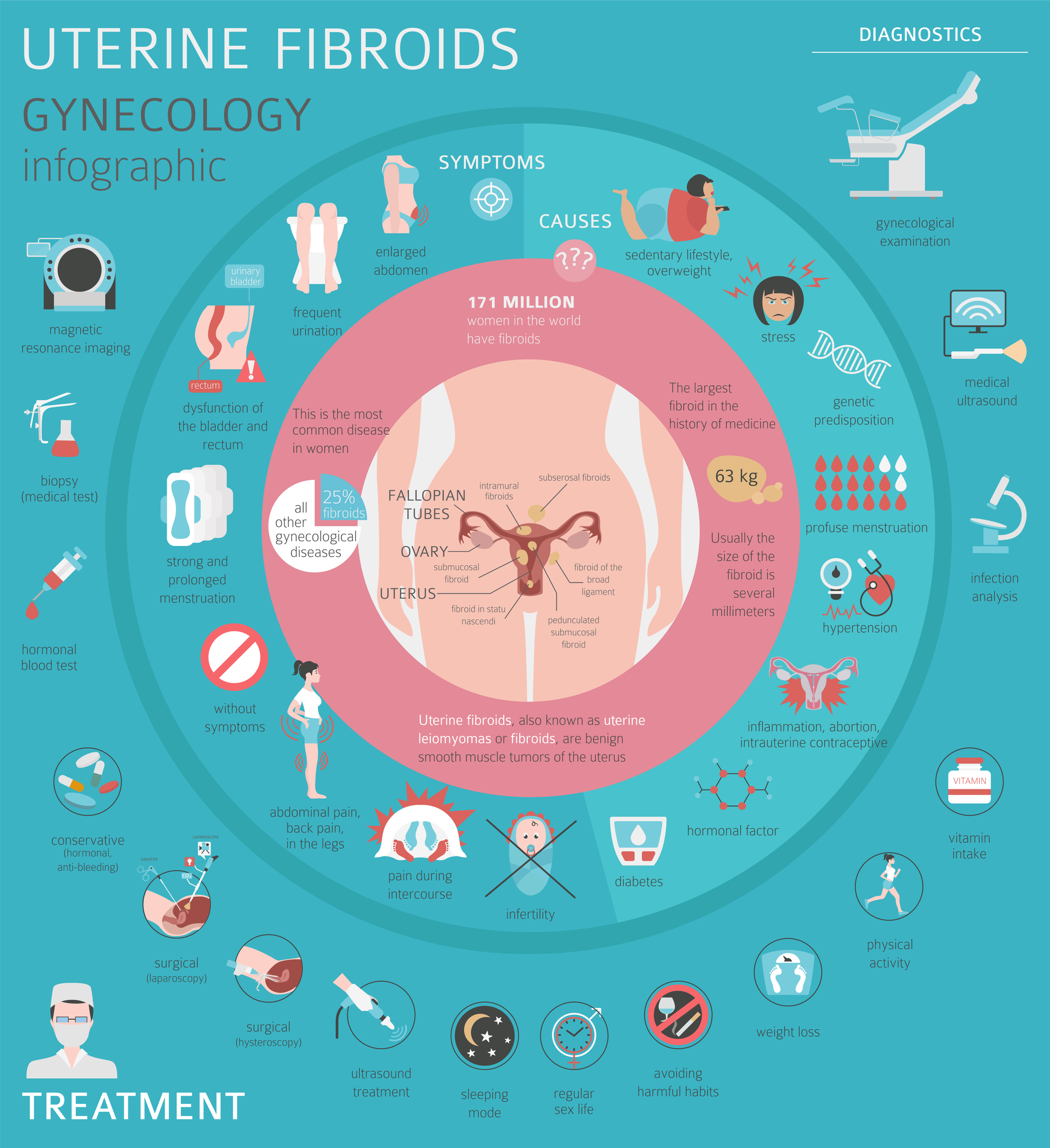Everything You Need to Know About Uterine Fibroid Embolization
Uterine fibroid embolization (UFE) is a minimally invasive procedure used to treat symptomatic uterine fibroids. UFE temporarily blocks the blood supply to the fibroid, which causes it to shrink.
Uterine fibroids are benign (non-cancerous) growths that occur in the uterus. These fibroids are most common in women of childbearing age, and they can vary in size. While most women with uterine fibroids do not experience symptoms, some may experience heavy bleeding, pain, or pressure in the pelvic area.
If you feel pain or discomfort from your uterine fibroids, your doctor may recommend UFE as a treatment option. UFE is a safe and effective way to treat symptomatic uterine fibroids, and it does not involve removing the uterus (hysterectomy).
During UFE, a small catheter is inserted into an artery in the groin. The catheter is then threaded through the blood vessels to the uterus. Once the catheter is in place, tiny particles are injected into the blood vessels that supply the fibroid. These particles block the blood flow to the fibroid, causing it to shrink.
UFE is performed under local anesthesia and sedation, and it usually takes less than an hour. You will likely be able to go home the same day as your procedure.
UFE is a safe and effective way to treat symptomatic uterine fibroids and has a low risk of complications. The most common complication is minor vaginal spotting or bleeding, which usually resolves independently. More serious complications such as infection or damage to the blood vessels can occur in rare cases.
When is UFE Recommended?
UFE is usually recommended for women who have symptomatic uterine fibroids and are looking for an alternative to surgery. It can be an option for women who have not yet gone through menopause, as well as for those who cannot or do not want to take hormones.
UFE may also be recommended for women who have had previous unsuccessful surgery to remove fibroids or for women who are at high risk for complications from surgery.
What Are the Benefits of UFE?
UFE has a number of potential benefits. It is a minimally invasive procedure that does not require general anesthesia. Recovery time is typically shorter than for surgery, and there is no need for an overnight hospital stay.
UFE can also preserve the uterus, which is important for women who may want to become pregnant in the future. And, unlike surgery, UFE does not carry a risk of damaging the bowel or bladder.
What Are the Risks of UFE?
As with any procedure, there are risks associated with UFE. These include but are not limited to:
- Reaction to the contrast material used during the procedure
- Infection
- Bleeding
- Damage to blood vessels
In very rare cases, death has been reported following UFE. However, this is thought to be due to underlying health conditions in the patient rather than the procedure itself.
What Should I Expect After the Procedure?
After UFE, most women experience cramping and bloating for the first day or two. You will likely be given pain medication to help with this. You may also have some spotting or light bleeding for a week or so.
It is important to rest for at least 24 hours after the procedure. Avoid strenuous activity for at least a week. And, you should not lift anything heavier than 10 pounds for at least two weeks.
Your doctor will likely schedule a follow-up visit about four to six weeks after the procedure. At this time, they will check to see how you are healing and whether the fibroids have shrunk.
UFE is a safe and effective treatment for symptomatic uterine fibroids. It has a number of potential benefits, and can be an option for women who are not candidates for surgery. As with any procedure, there are risks involved. Be sure to discuss these with your doctor before deciding whether UFE is right for you.
Schedule Your Diagnostic Imaging Appointment Today
Call us immediately if your doctor orders fluoroscopy, MRIs, CT scans, or another diagnostic testing before your uterine fibroid embolization. We offer state-of-the-art imaging at a fraction of the cost of hospitals and urgent care clinics. From scheduling to post-procedure recovery, our trained specialists and technicians will be there every step. Contact us today at 973-871-3333 to schedule an appointment or complete our convenient online appointment request form.
